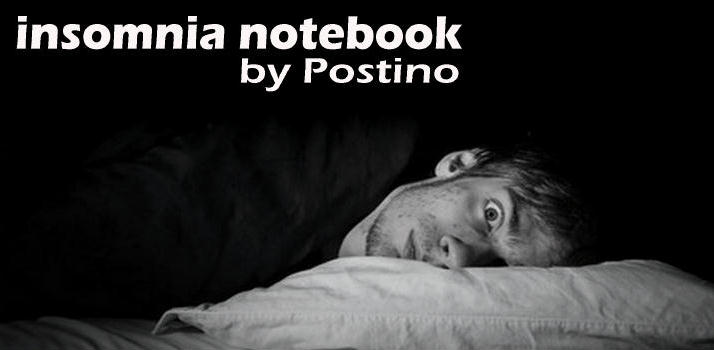John Reginald Halliday Christie is one of those infamous serial killers who, by dint of his crimes and the era, has risen above the usual lot of fellow sociopaths who commit such atrocities. In England, where Christie lived and killed his victims, his murders and the aftermath brought about a change in the law concerning capital punishment.
I watched a DVD of 10 Rillington Place, which I first saw on its initial theatrical run in 1971. (It was on a double-bill with a re-release of Psycho, no less.) What I had remembered about the movie before watching it again 43 years later was the grim tone of the story, set in 1949, and its locale, a poor neighborhood with Dickensian living conditions. That London neighborhood has since been razed and no longer exists.
I also remember the performance of Richard Attenborough as Christie, who spoke in a very soft voice even during the act of murder. A soft-spoken man with sinister purpose. Here, in an early scene in the movie, he lulls his victim with assurances, then gasses her into unconsciousness before killing her.
Christie, as I’ve read in various accounts of his life and crimes, was gassed in World War I, and claimed to have lost his voice for a few years. When he regained it he couldn’t speak much above a whisper. He was also supposed to have a bad back, which he used to excuse not working. His bad back didn’t prevent him from burying some of his victims in the garden, as shown in a chilling scene where his spade unearths remains of an earlier victim.
The movie touches on those things, but mainly focuses on his relationship with the family of Timothy and Beryl Evans, who rented an upstairs flat at the same address. Evans, played by John Hurt, was a van driver and liar with grandiose claims (among them that his father was an Italian count). He was also an illiterate with an IQ of 70. When his wife, Beryl (played by Judy Geeson), became pregnant and wanted an abortion, Christie, who was a poseur claiming to have medical training, told her he could do it. He then murdered the trusting Mrs. Evans and as was his M.O., raped her as he strangled her (we are spared graphic details, but get the drift of what is happening).
It was to be the beginning of a series of events which led to Evans being charged with his wife’s murder, hanged for the crime, and then Christie’s own eventual confession. Because of the apparent miscarriage of justice and after much debate, several years later capital punishment in Britain was ended.
Christie went on to murder his wife, and eventually moved from Rillington Place. When the bodies were discovered he went on the run but was caught and confessed. He was hanged in 1955.
I have never forgotten the performances in this movie, and my first exposure to both Attenborough and Hurt. Hurt did an acting job I still marvel at today, playing a man who just doesn’t quite grasp what is going on around him.
Although it isn’t shown in the film, the real life Christie did consort with prostitutes, and some of them were victims. In reading various accounts of Christie’s history in several Internet articles (and beware the Internet and its accuracy, because several of the articles just lift whole pieces out of Wikipedia) I did not read about Christie being a Saturday morning pornographer, taking photos of prostitutes. That claim is made in this article from a sleazy 1970 magazine, Crime Does Not Pay (not to be confused with the infamous comic book of the same name). The cover is based on Christie’s crimes, yet doesn’t attempt to capture his actual appearance.
Christie’s life has been well covered by biographers and true crime writers. The movie is based on Ludovic Kennedy’s book, Ten Rillington Place. I have found there are two schools of thought on Evans’ guilt or innocence, One, that Evans was innocent of murdering his wife, as Kennedy claims, or that he killed her and claimed Christie did it, as some other biographies claim (the “two stranglers in one house” theory). The film took the Evans-was-innocent story. I am neutral in such an argument, since I don’t have all of the literature concerning the case, but that innocent theory is also held by this article. “The Sex-Mad Strangler Who Raped the Dead!” is written as titillation to sell a magazine, and I won’t vouch for its accuracy, but it is an article people who have read copious amounts of information on the case may not have read. It was reading this article that prompted me to rent the DVD.
Take it for what it’s worth; the article is not signed, after all.












No comments:
Post a Comment